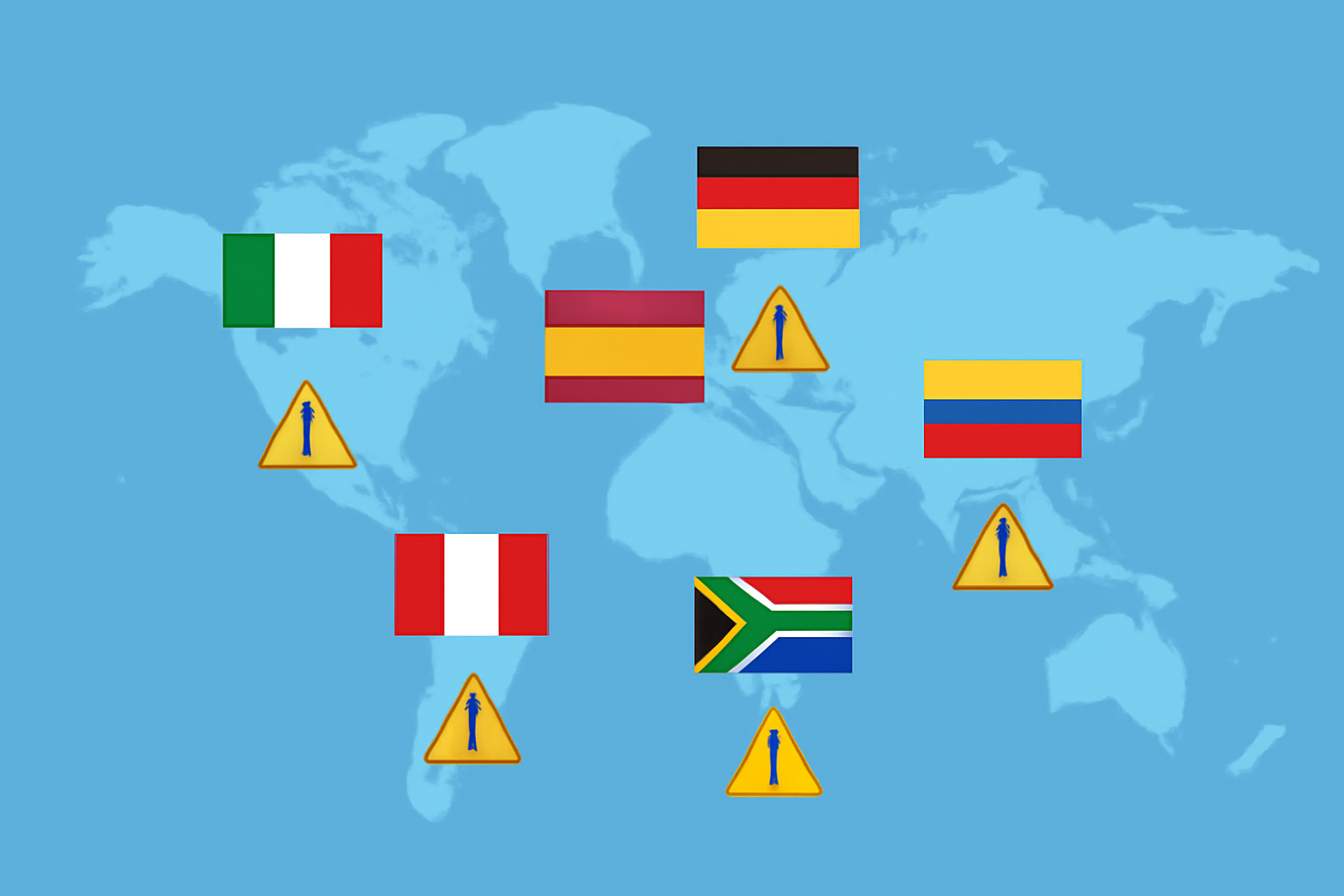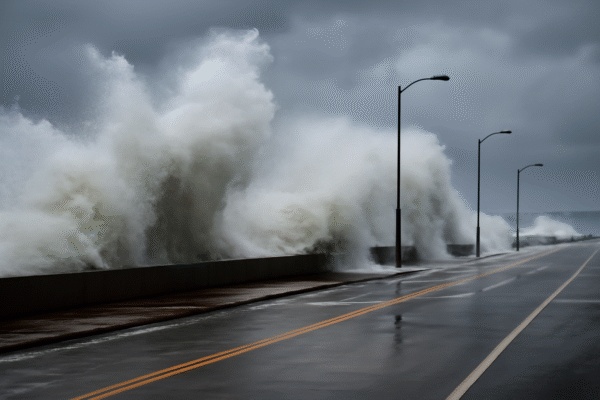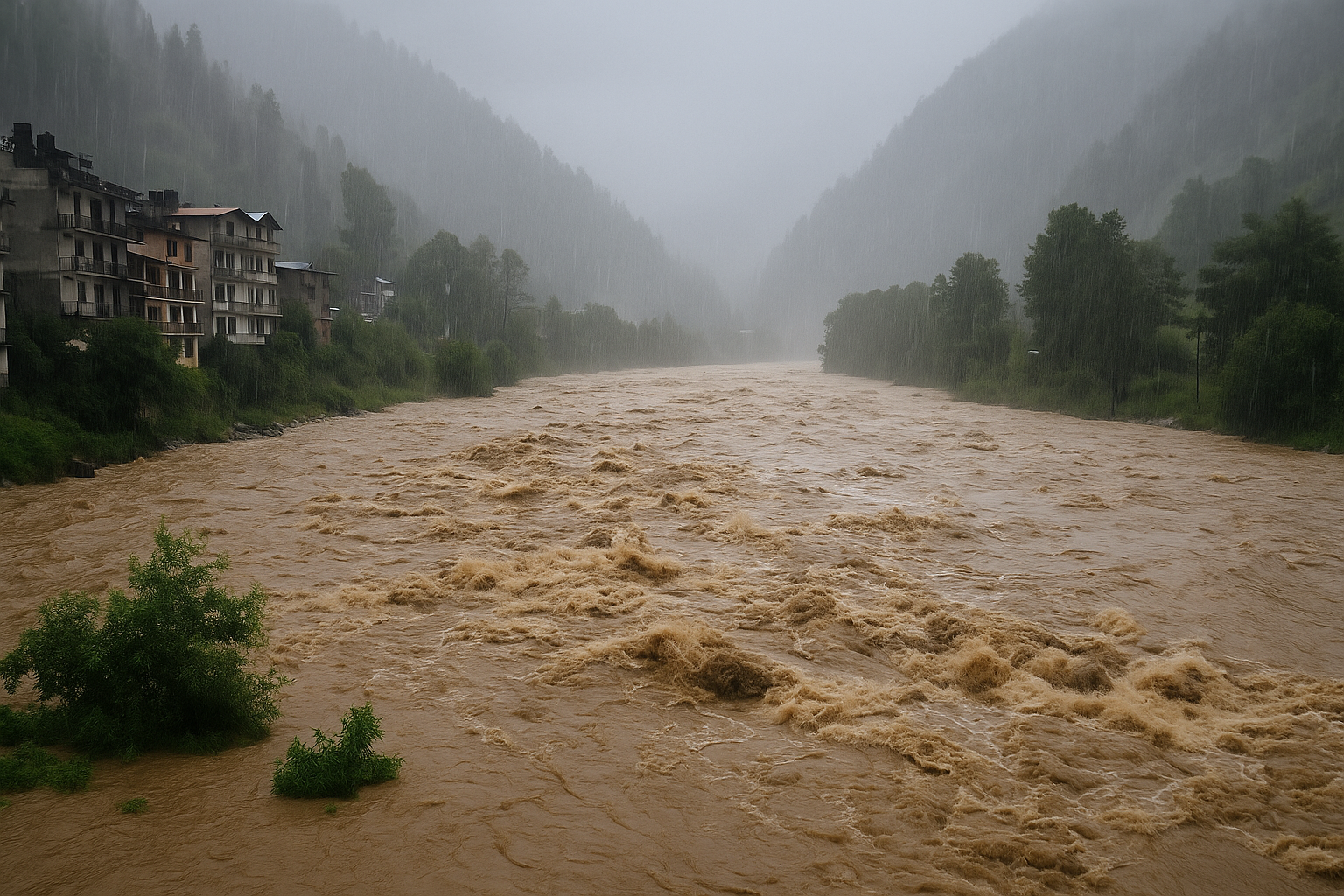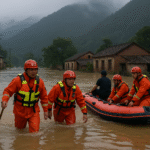The picturesque hill station of Manali, nestled in the Indian Himalayas, is grappling with a severe weather emergency after cloudbursts and flash floods wreaked havoc across Himachal Pradesh on July 1, 2025. Torrential rains triggered sudden floods and landslides, particularly in the Karsog area of Mandi district, causing widespread destruction to property, infrastructure, and transportation networks. In response, the Himachal Pradesh government and the India Meteorological Department (IMD) have issued urgent advisories, calling on tourists and residents to avoid non-essential travel to the region.
Catastrophic Weather and Its Impact
The extreme weather, attributed to high-intensity cloudbursts, has caused the Beas River and its tributaries to overflow. These bursts—unpredictable and intense downpours—resulted in rivers swelling rapidly, triggering devastating flash floods across Manali and adjacent areas. Roads, bridges, homes, and vehicles have been washed away. One person has reportedly died, while multiple others remain missing. Landslides have blocked critical roads, hampering access for rescue teams.
The IMD has forecast continued rainfall over the next several days, placing the entire region under heightened alert. With more cloudburst activity likely, the risk of additional floods and landslides remains high.
Government Mobilization and Rescue Operations
Reacting swiftly to the crisis, the Chief Minister of Himachal Pradesh ordered immediate deployment of State Disaster Response Force (SDRF) teams, backed by Indian Army units, to carry out search and evacuation missions. Emergency shelters are being set up for displaced families, and medical teams have been deployed to deliver aid to the injured. Relief efforts also include air-dropping food and medicine into inaccessible areas.
The National Disaster Management Authority (NDMA) and the Himachal Pradesh State Disaster Management Authority (HPSDMA) are working in tandem with the IMD to provide real-time alerts. Updates are being circulated via radio, social media, and official bulletins to inform residents and tourists about safety protocols and evacuation routes.
Red Alert and Travel Advisory
A red alert—the highest level of weather warning—has been declared in Mandi, Kullu, and Lahaul-Spiti districts, including Manali. Travelers planning monsoon visits to the region are strongly advised to reconsider or postpone their trips.
For those currently in Manali, authorities recommend staying indoors, especially near riverbanks and landslide-prone slopes. Tourists are being urged to follow local instructions and avoid attempting to leave without coordination from emergency services, as road conditions are dangerous and often impassable.
Disruptions to Transport and Infrastructure
Transportation across Himachal Pradesh has come to a virtual standstill. Key highways leading to Manali are blocked, and public transportation services, including buses and taxis, have been suspended. The Kullu-Manali Airport (Bhuntar Airport) is facing delays and potential cancellations due to poor visibility and unsafe landing conditions.
Bridge collapses and road washouts have isolated several towns and villages. With rescue teams struggling to reach remote hamlets, air rescue operations have become vital in the ongoing emergency response.
Monsoon Vulnerability and Long-Term Preparedness
While cloudbursts and landslides are not uncommon during the Indian monsoon season, the scale of this event has exposed significant gaps in disaster preparedness. Environmental experts are emphasizing the need for more resilient infrastructure, better drainage systems, and community-based early warning programs.
According to the Ministry of Earth Sciences, Himachal Pradesh’s mountainous terrain combined with increased deforestation and unregulated tourism makes it highly susceptible to climate-induced disasters. Experts from the Indian Institute of Remote Sensing (IIRS) have called for stronger mapping and monitoring of landslide zones, particularly in high-tourism regions like Manali.
The state government has pledged to enhance disaster readiness by upgrading flood warning systems and enforcing stricter construction norms in vulnerable zones. Additionally, public awareness campaigns on monsoon travel safety are being expanded.
What Tourists Should Know
Travelers who had planned to visit Manali in July 2025 should:
- Monitor official advisories from the IMD, HPSDMA, and local administration.
- Avoid rivers, streams, and hilly terrain known for landslides or flash floods.
- Postpone non-essential travel until weather conditions stabilize.
- Confirm hotel, road, and flight conditions before departure.
- Consider travel insurance that covers natural disasters and emergency evacuations.
Conclusion: Safety First Amid Manali’s Weather Emergency
The stunning landscapes of Manali have long drawn nature lovers, trekkers, and honeymooners. However, the current monsoon emergency highlights the unpredictable force of nature in fragile mountain ecosystems. While the government and armed forces are doing their best to manage the situation, the priority for all travelers must be personal safety.
Tourists are encouraged to remain informed, follow all advisories, and exercise patience. Manali will remain a breathtaking destination—but only once the clouds clear and the terrain is safe again.
For more travel news like this, keep reading Global Travel Wire
















